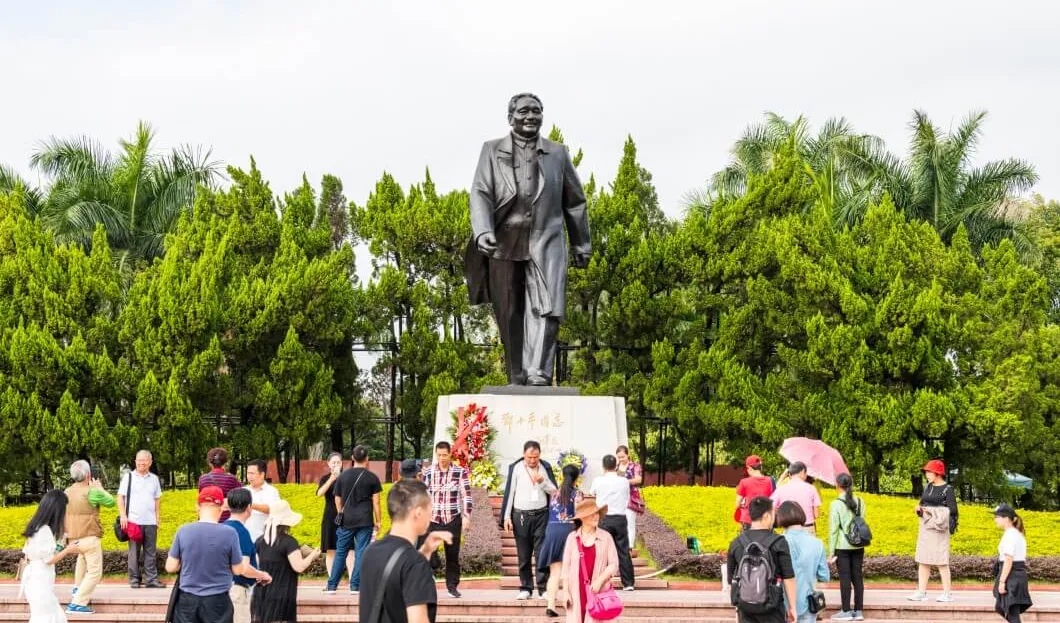
As the Chinese Communist Party marks its 100th anniversary, China is witnessing an unprecedented increase in red tourism, in which all places of historical and cultural significance to the party are visited, according to a recently published report. Among the places visited as part of the tour are Zhejiang's Nanhu Lake, where the party held its first national congress in 1921 on a boat, and Shaoshan, which was the birthplace of Mao. These places have seen a significant increase in tourist numbers, so much so that red tourism has played a key role in boosting China's economy in the midst of the pandemic.
Red tourism in China was launched in 2004 and refers to visits to sites related to modern revolutions, aiming to promote places related to the history and culture of the ruling party. In addition, red tourism, like all other forms of tourism, also stimulates local businesses. According to the country, the purpose of this type of tourism is to raise awareness about the origins of the ruling party and its history. The report adds that now the sites visited on this tour have become the heart of the country's growing tourism industry. By trying to remind people of the sacrifices made by the ruling party's leaders, the party aims to instill the party's ideology in the minds of the citizens.
As part of the tour, some famous sites covered include Yan'an, which was Mao Zedong's revolutionary base and the place where the Red Army had arrived after completing the long march. Mao's birthplace is also a destination on the tour, as is Jinggangshan, where the group established its first rural base in 1927. The sites of the first battles and Mao's escape are also included in the tour.
The report stated that the list of places included in the tour is long, as Yan'an alone is home to 140 red tourism sites. These tourist sites are attracting the interest of the country's youth who are eager to learn more about the nation's history. Apart from that, technologies such as AI and virtual reality integrated with this tourism have also helped attract the attention of young people. Of the tourists at the red sites, 40% are between 21 and 30 years old, the report adds.
China has also invested heavily in this form of tourism over the years. Between 2016 and 2020, the budgeted spending on red tourism was about $370 million. Such large expenditures also yield results, given that in 2018, of people's domestic tourism spending, red sites accounted for 10%, and in 2019, 1.4 billion tourists visited red sites. There has been exponential growth in this area.
However, red tourism is also criticized as experts point out that it aims to paint a one-sided picture of the country's history among people. They add that it may ignore the failures as well as the misdeeds of the communist leaders in China, telling people a story that would be in favor of the party.














